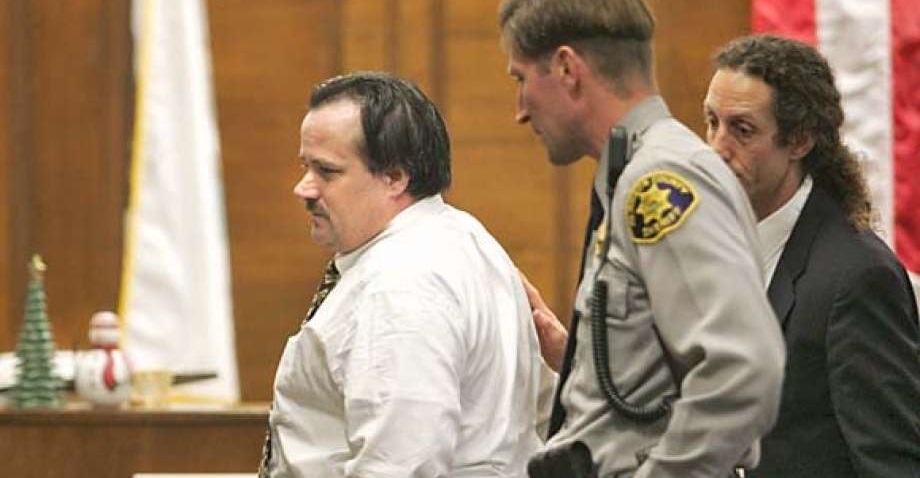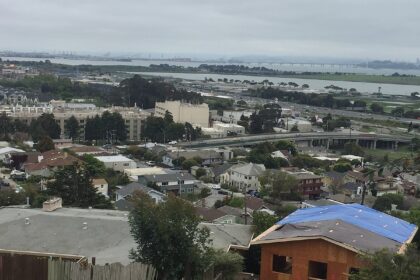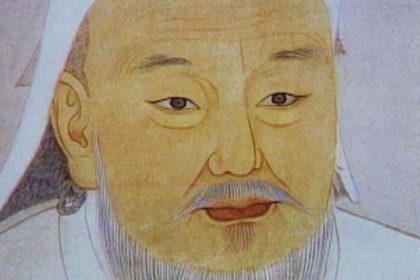Stuart Charles “The Sausage King” Alexander was an American businessman and heir of the Santos Linguisa Sausage Factory, which was founded by his late great aunt, Pia Santos, and her husband, Antonio, in San Leandro, California in 1921. Take a look below for 27 more scary and interesting facts about Stuart Alexander.
1. Alexander was convicted in 2004 of the murder of three state and USDA meat compliance officials in 2000.
2. He was born the middle child of three sons of Shirley Mae Parriott and the late Herman “Tweedy” Alexander.
3. Alexander inherited the family business, The Santos Linguica Factory, and then proclaimed himself the “Sausage King,” after the death of his father, who had successfully run the once thriving business for many years.
4. Alexander’s son, Tweedy, had been well known in the local and national business circles as an astute businessman, and had been recognized and renowned for making arguably the finest linguica sausage in the Bay Area, if not nationwide.
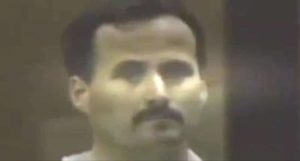
5. Tweedy had no faith that Stuart could run the company. His father was verbally abusive, often telling Alexander that he would, “never amount to anything.”
6. Alexander, who was described by some who knew him closely to have a “short fuse”, and be at times “combative,” was charged with beating Clifford Berg, 75, an elderly neighbor, after an argument in 1996.
7. One person who owned a printing shop near the linguisa factory, Richard Miller, 38, said during the murder trial before the grand jury, that Alexander, “didn’t like the idea of people telling him what to do,” with his business, and that he was “very anti-authority,” at least from what he knew about the sausage maker.
8. On June 21, 2000, Alexander murdered USDA inspectors, Jean Hillery and Thomas Quadros and state FDA inspector William Shaline inside his sausage factory in California.
9. Prior to the murders, Alexander was vocal in the community that he felt the state was harassing him concerning his business.
10. He had convinced a significant portion of the community that this was the governments way of pushing out the “little man.”
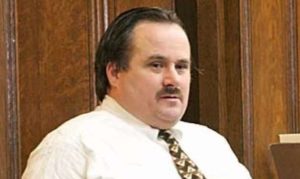
11. The USDA inspectors had many run-ins with Alexander in the past. Two of the biggest contentions were the smoker or smokers which were used in the factory and the temperature in which the sausages were cooked.
12. When Alexander wouldn’t comply, the inspectors would shut the factory down; this happened twice. He would then re-open the business against state laws.
13. When the inspectors arrived at the factory on June 21st, they attempted to have the police accompany them as they foresaw more problems. The police treated it as a non-emergency call and failed to arrive.
14. Alexander installed video cameras in the factory in an attempt to prove the harassment. He was seen retrieving his gun when the inspectors were in the building.
15. He shot the three inspectors while the fourth inspector had gotten away, and ran down the street with Alexander chasing him. When he didn’t catch the last inspector, he went back into the factory and shot the now dead and dying inspectors again.
16. Police were called when someone saw Alexander chasing the fourth inspector, apparently shooting at him down the street. However, by the time police arrived at the scene, Alexander was standing outside the factory, admitted to the murders and was taken into custody.
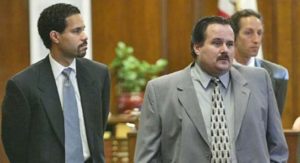
17. Court proceedings for the trial of Alexander in the slayings of the compliance officers began on Monday, May 2, 2004.
18. The prosecution team introduced forensic evidence as well as the video surveillance tape; it recorded the events from the time the meat inspectors were waiting in the office lobby for the police, who never came, to arrive, until the shooting of the officers at point blank range.
19. The prosecutors also used the videotaped footage of the chase of Inspector Willis by Alexander down Washington Street.
20. On October 19, 2004, Alexander was convicted of three counts of first-degree murder, making him eligible to receive the death penalty.
21. On December 14, 2004, a jury condemned Alexander to death by lethal injection.
22. He was convicted of the murders and sentenced to death on February 15, 2005.
23. While awaiting execution on California’s death row at San Quentin State Prison, Alexander, who had gained 80 pounds during the four years in custody until his stay of execution, began to experience health problems.
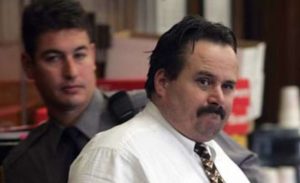
24. He would die of pulmonary embolism on December 27, 2005.
25. The only vestiges of the ordeal with the inspectors that exist is the old factory building on 1745 Washington Avenue, which was sold and then converted into a nightclub by the new owners, as well as the families of the murder victims, who were all grandparents and close to approaching retirement age.
26. In June, 2010, a memorial service event was held at the U.S. Federal Food Safety and Inspection Service building located in Alameda, California, commemorating the service of the four inspectors, the memory of the three who were slain, and Earl Willis, who had died in 2008 of cancer.
27. The FSIS also held several related special ceremonies commemorating the lives and service of all the inspectors in Washington D.C., which was a two-day event held on the corner of NW 14th and Jefferson Streets.

